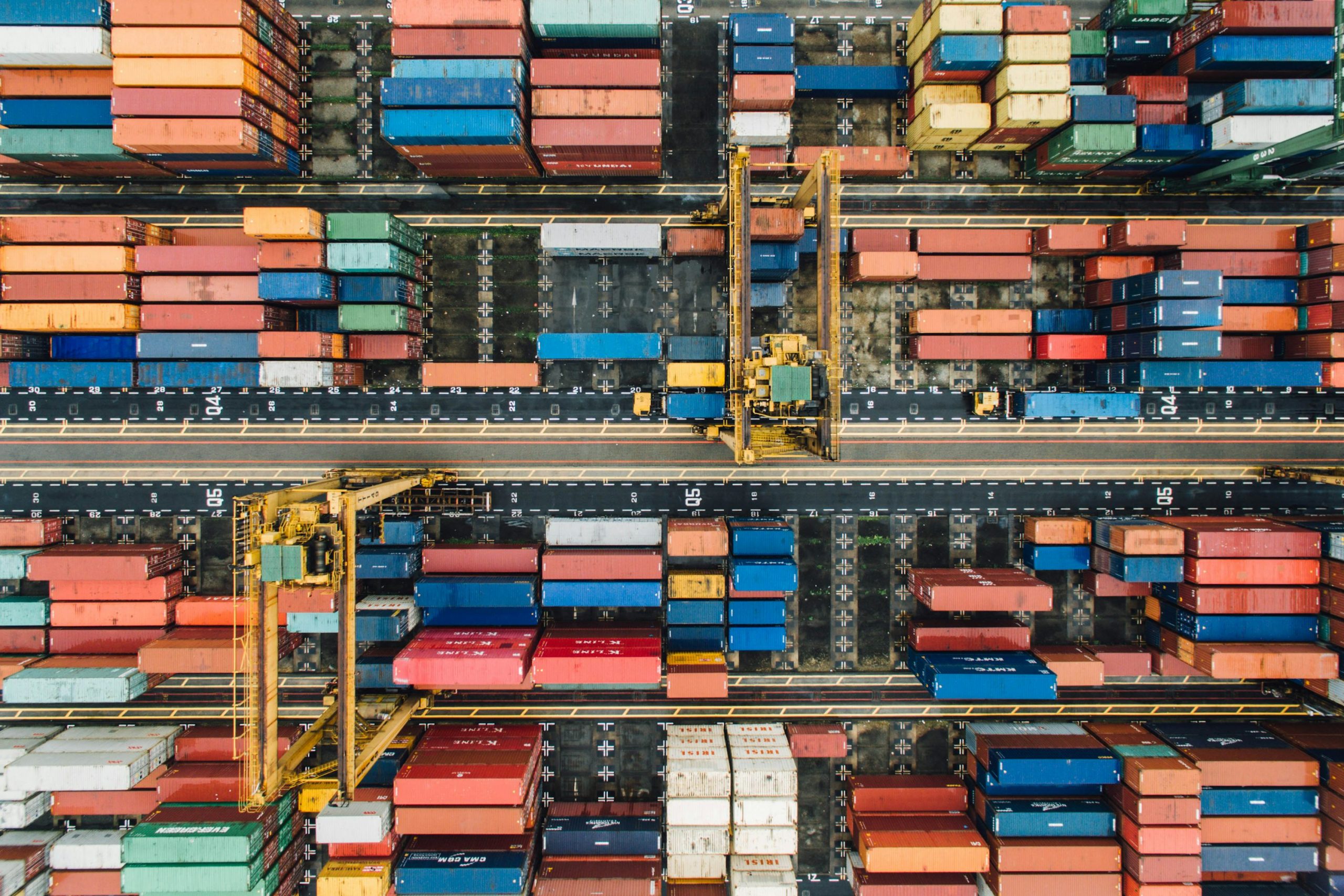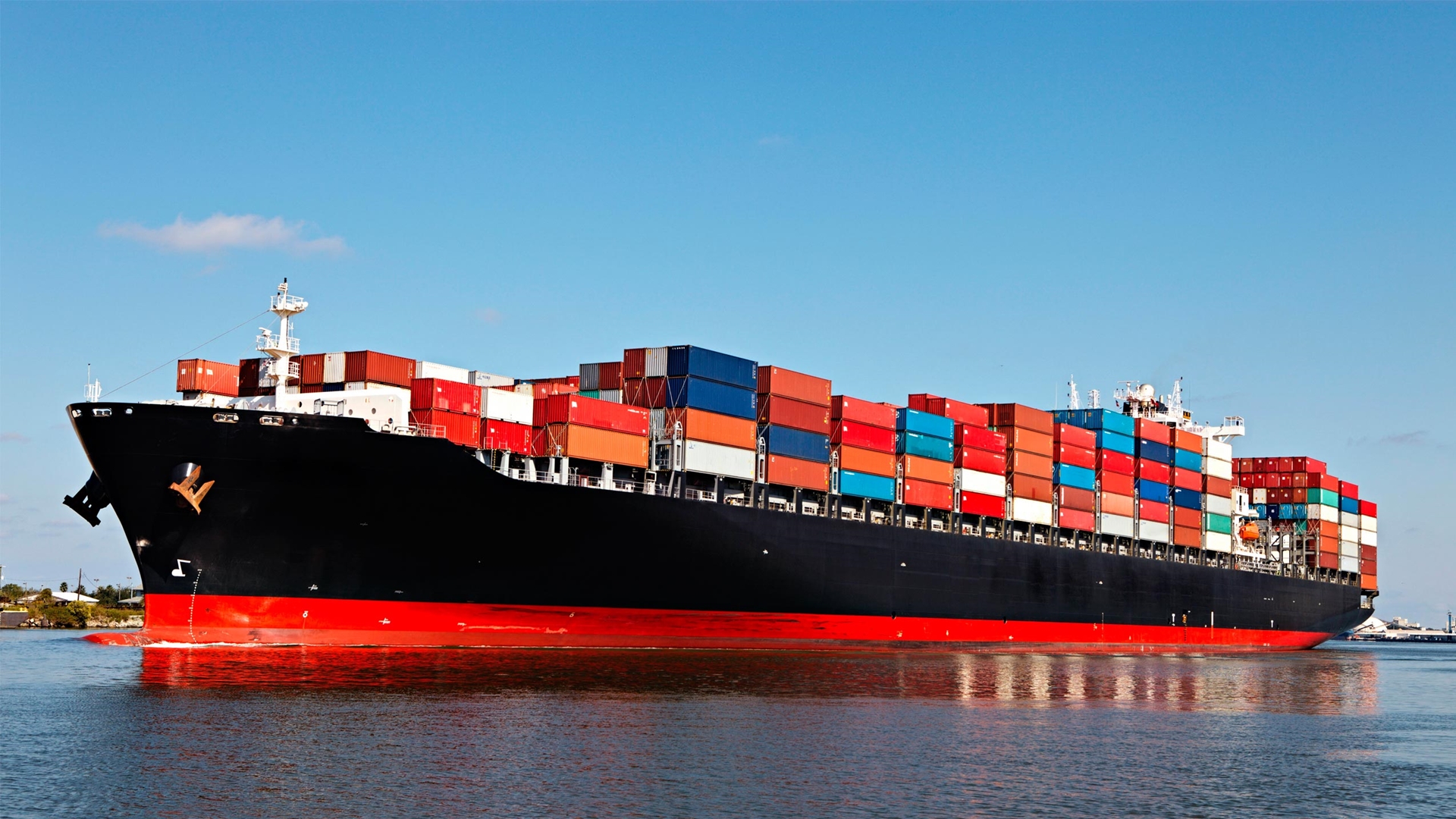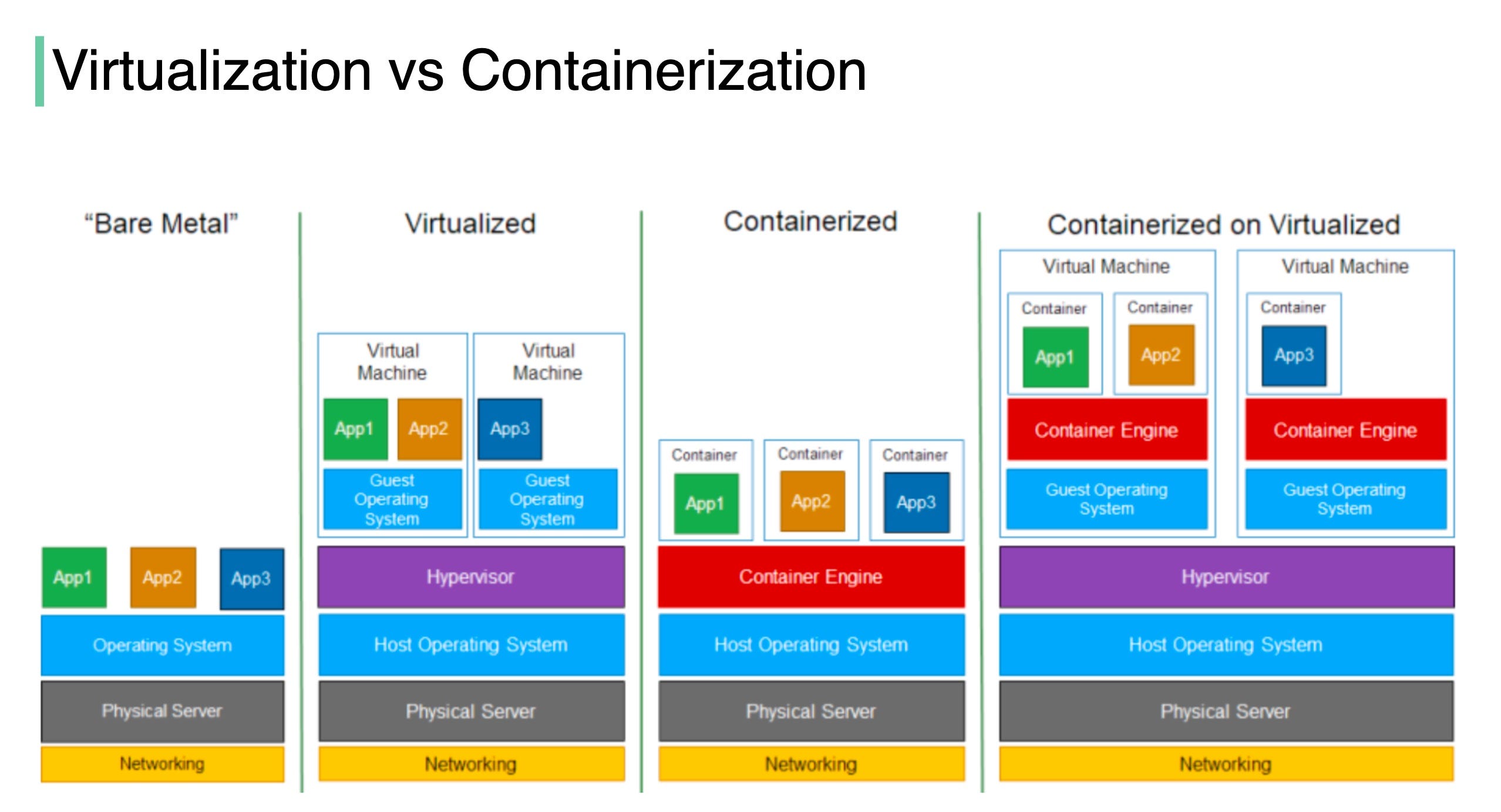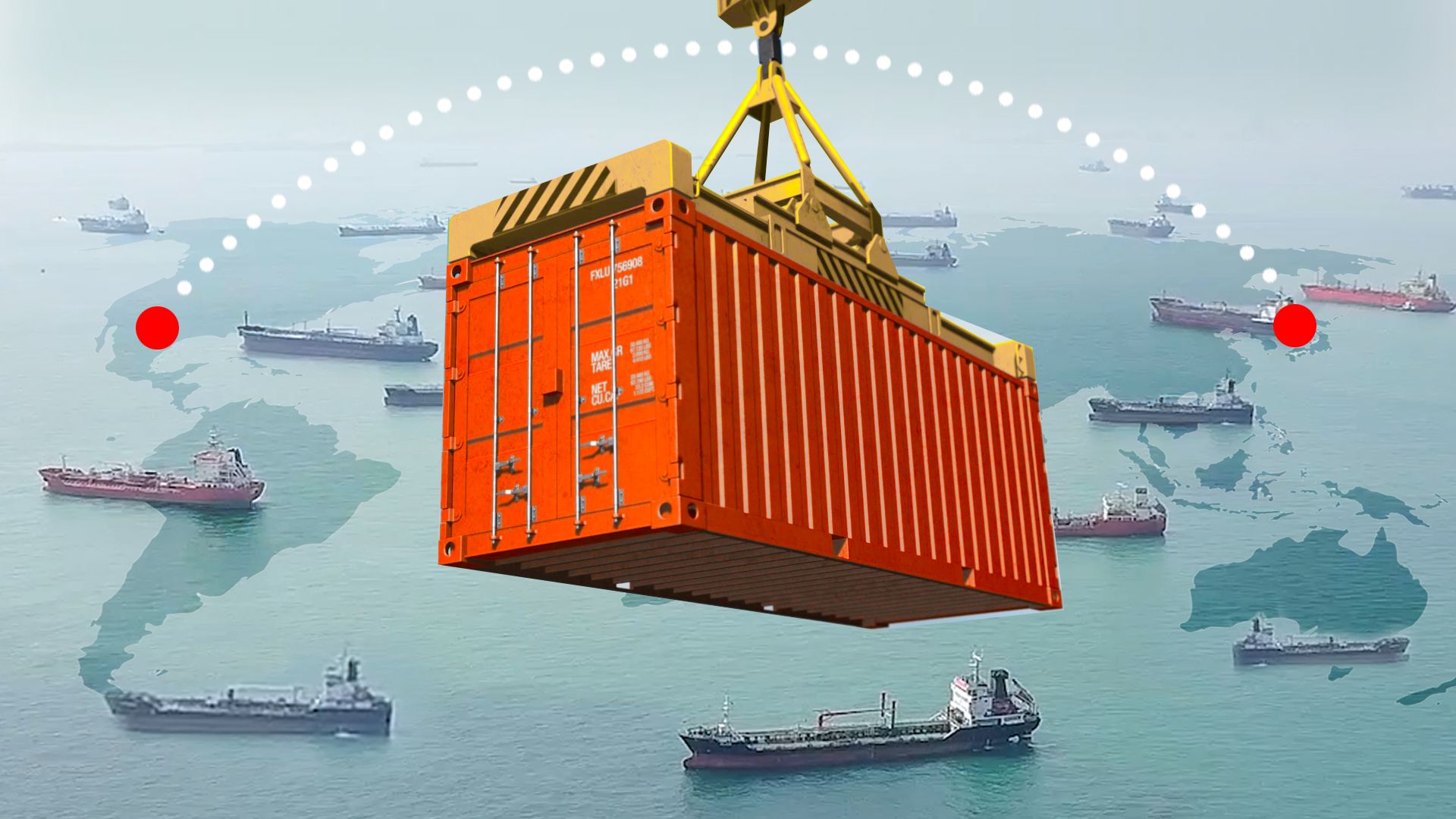Marine transport, or shipping, is the transportation of goods and people via waterways. It is a crucial component of global trade, connecting countries and continents.
Modes of Marine Transport
- Sea Freight:
- Container Shipping: The most common method, involving the transportation of goods in standardized containers.
- Bulk Shipping: Transporting unpackaged goods like coal, grains, and ores.
- Tanker Shipping: Transporting liquid cargo, such as oil, gas, and chemicals.
- Inland Waterways:
- River Transport: Using rivers for transporting goods and people.
- Canal Transport: Utilizing canals to connect waterways and facilitate inland shipping.
Importance of Marine Transport
- Global Trade: Facilitates international trade by transporting goods across oceans.
- Economic Growth: Contributes to economic growth by enabling the efficient movement of goods.
- Energy Supply: Ensures the supply of energy resources like oil and gas.
- Tourism: Supports tourism by transporting passengers to various destinations.
Challenges and Future Trends
The maritime industry faces several challenges, including:
- Environmental Impact: Shipping emissions contribute to air pollution and climate change.
- Piracy and Security Threats: Piracy and other security threats can disrupt shipping routes.
- Economic Fluctuations: Global economic conditions can impact shipping demand.
To address these challenges, the industry is adopting innovative solutions, such as:
- Digitalization: Using technology to improve efficiency and reduce costs.
- Sustainable Shipping: Investing in cleaner fuels and more eco-friendly technologies.
- Enhanced Security Measures: Implementing stricter security measures to protect ships and cargo.
The future of marine transport is promising, with a focus on sustainability, efficiency, and innovation. As global trade continues to grow, marine transport will remain a vital component of the global economy.





